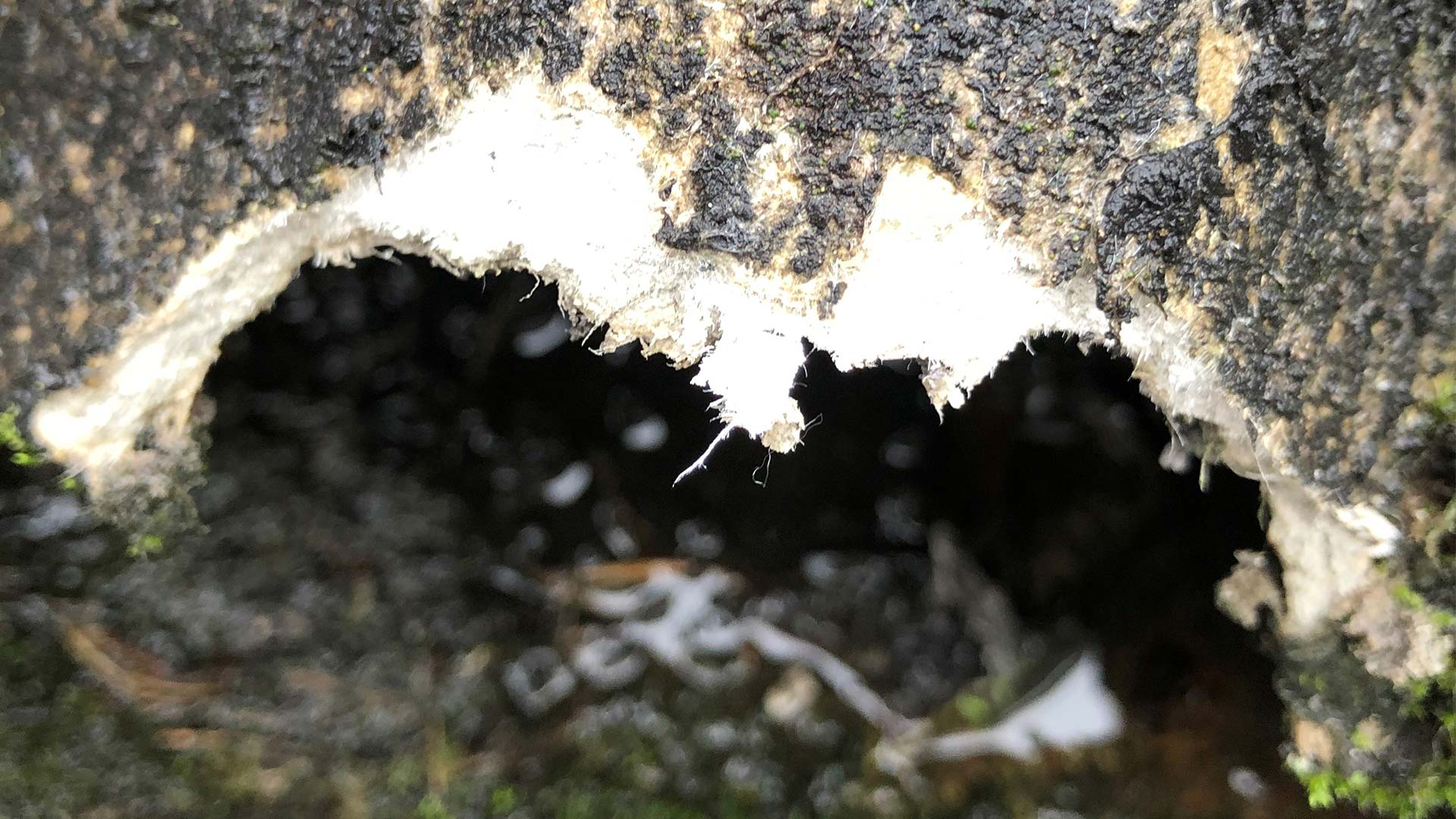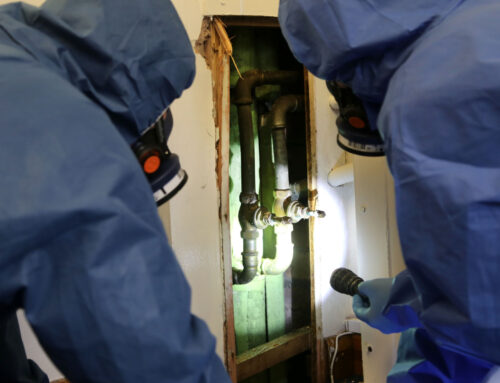What Does Asbestos Look Like – The Different Types of Asbestos and Where You Might Find Them
If you read our previous blog discussing the relationship between asbestos and mesothelioma, then you’ll understand that asbestos is a fibrous material that has been discovered to cause a range of fatal diseases. It can pose a serious threat to anyone who comes into contact with it so ensuring that it’s managed safely and appropriately needs to be a priority for all home and building owners.
To help provide more information in this handy guide we’ve explained exactly what asbestos looks like, listed some of the most common places you might find it and described how to categorically identify whether it is present or not in your property.
What Does Asbestos Look Like?
‘What does asbestos look like?’ is a question we frequently get asked by our clients. However there is no straightforward answer as there are actually six different types of asbestos all of which can be used in a variety of different forms and each may have a unique appearance and their own individual characteristics.

The three main types of asbestos most commonly used in UK building works are chrysotile, crocidolite and amosite.
Chrysotile (White)
Also known as white asbestos, chrysotile was the most commonly used type of asbestos (not only in the UK, but all over the world), accounting for approximately 95% of all commercial asbestos. Chrysotile fibres are of a Serpentine nature , that is they are of a flexible and curved nature, and less likely to become trapped in the lungs and other parts of the body.
Crocidolite (Blue)
Regarded as the most dangerous form of asbestos, crocidolite is blue/ grey in appearance. Crocidolite fibres are of an Amphibole nature meaning they are thin , brittle and needle like in appearance. The fibres can easily be broken down and inhaled into the body where they become trapped in body tissues causing irritation, inflammation and , in the long term, incurable disease.
Amosite (Brown)
Amosite asbestos is also known to be carcinogenic and poses an extremely high cancer risk for anyone exposed to it. Like Crocidolite its Amphibole fibres are needle like in appearance, brittle and have a good tensile strength and resistance to heat.
There are also three minor types of asbestos: tremolite, actinolite and anthophyllite. These too are also carcinogenic and considered dangerous but were rarer than the three common types so were not used commercially. They are sometimes found as contaminants in the main types of asbestos and other materials such as Talcum powder.
Tremolite
Sometimes found as a contaminant in chrysotile, tremolite can appear as white, green, grey and a variety of other light colours.
Actinolite
Actinolite fibres are generally dark in colour and are rarely found as contaminants in drywall and insulation materials.
Anthophyllite
Usually grey-brown in colour, anthophyllite was sometimes found as a contaminant in composite flooring. Research has found there to be a clear link between mesothelioma and this form of asbestos.
Where is Asbestos Found?
There have been a number of Acts of Parliament banning Asbestos over the years notably Crocidolite and Amosite however Asbestos use and import into the UK was not totally banned until 1999. Asbestos was commonly used throughout the construction industry in the UK. It was cheap, versatile and durable with excellent insulating and fire-resistance properties .It also provided strength without adding much weight, demonstrating just why it was viewed as the perfect material for many types of building projects.
Even though asbestos was no longer used after 1999 it is still the case that many buildings such as offices, hospitals , schools and houses built before this time still have the toxic mineral present. This means that the people who use these premises may be at risk of inhaling the fibres and developing the various diseases associated with asbestos, such as mesothelioma, asbestosis and pleural thickening.
As it was used so extensively, asbestos can be found in a number of different locations. Here are just some of the more common places –
- Plaster
- Wall insulation
- Pipe Insulation
- Vinyl flooring
- Carpet underlay
- Artex
- Water tanks
- Storage heaters
- Roofing
- AIB (asbestos insulating boards)
- Ceiling tiles
How to Identify Asbestos
It is not always possible to determine if asbestos is present in a material with the naked eye. The definitive method for determining the presence and type of asbestos is by using polarised light microscopy combined with dispersion staining techniques. This has to be undertaken by a UKAS Accredited Laboratory such as that operated by Casa Environmental.

Asbestos Identification with Casa Environmental Services
Here at Casa Environmental Services, we provide UKAS accredited asbestos surveying and analytical services to clients across the UK. Our experienced team have all the essential resources and equipment to carry out a comprehensive survey of your property as well as analyse samples in our dedicated laboratory in compliance with HSG 264 requirements.
Please don’t hesitate to get in touch to find out more about how we can help or to receive a quote for any of our professional services.
See more: Asbestos Awareness Training – Everything You Need to Know
See more: Mesothelioma and Asbestos – An Overview of Mesothelioma




